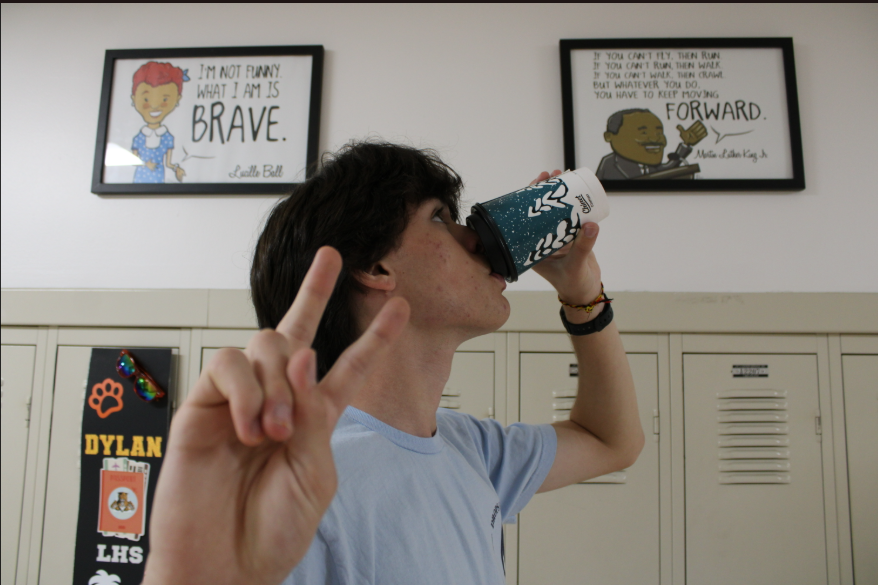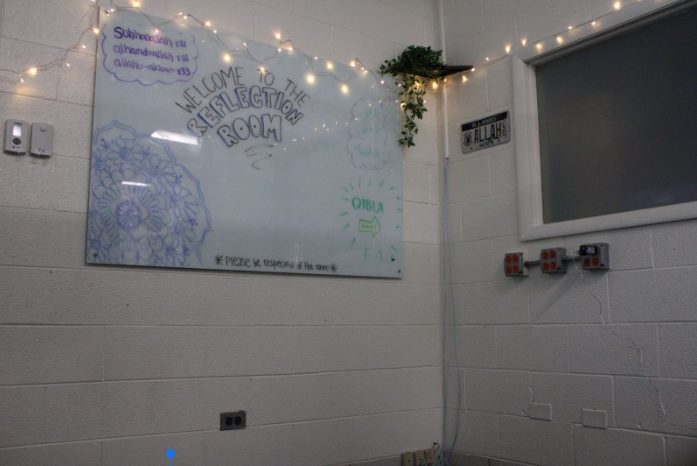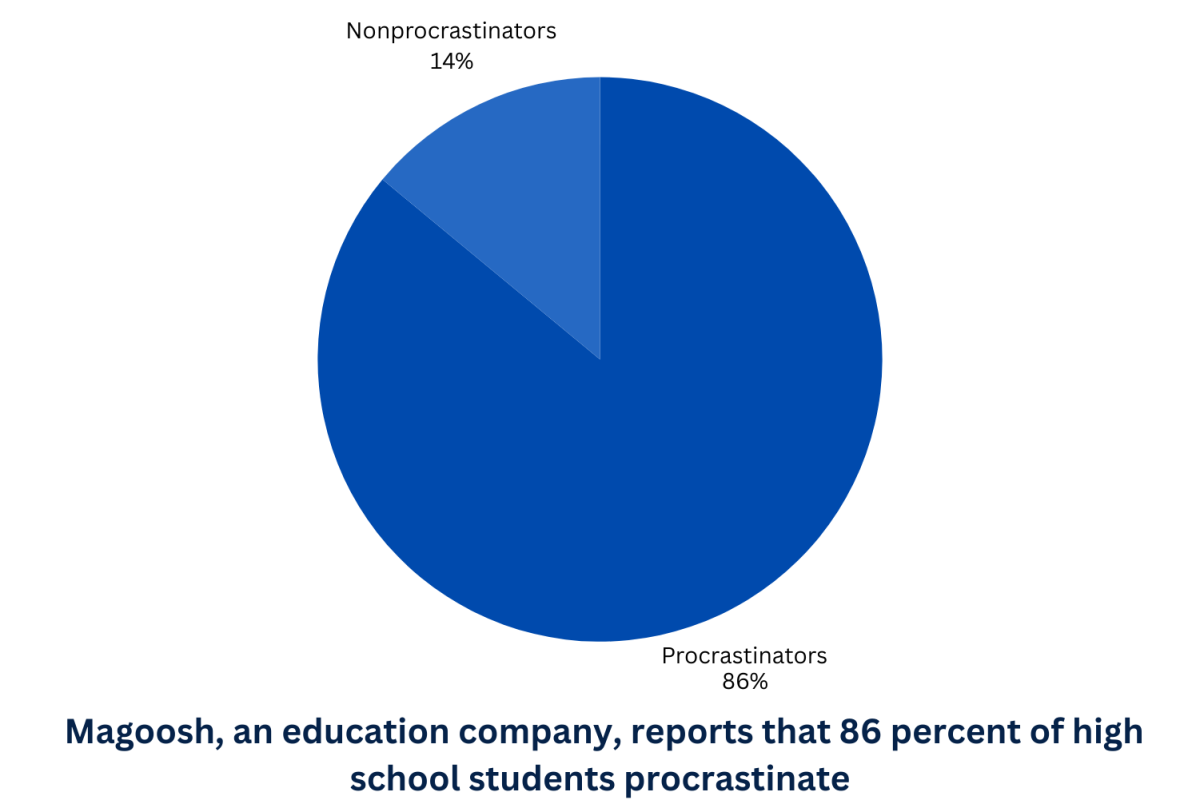The video game industry is undergoing significant shifts, with rising costs of AAA game development prompting concerns among gamers and industry observers. The trend of increasing game prices, initiated by major companies like Nintendo and Microsoft, has led to debates about value, quality, and the future of gaming.
Escalating Costs of AAA Games
In recent years, the budgets for AAA games have surged dramatically. Titles that once required $50–150 million now often exceed $200 million, with some, like the upcoming Grand Theft Auto installment, reportedly reaching $300 million. This inflation is attributed to advanced graphics, complex mechanics, and extensive marketing campaigns. To offset these costs, publishers have increased game prices. Nintendo’s The Legend of Zelda: Tears of the Kingdom launched at $70, a $10 hike from its predecessor, yet achieved record-breaking sales of 10 million copies in three days. Similarly, Microsoft’s titles have adopted the $70 price point, reflecting a broader industry shift.
Gamer Perceptions and Market Reactions
The higher price tags have sparked mixed reactions. While some consumers accept the increases for high-quality titles, others express dissatisfaction, especially when games fail to meet expectations. The case of Concord, a hero shooter developed by Firewalk Studios, exemplifies this issue. Despite an estimated budget of around $400 million, the game sold only about 25,000 copies and was pulled from sale two weeks post-launch, leading to the studio’s closure.
Such instances contribute to a growing skepticism toward AAA titles, with players questioning the value offered at higher price points. The perception of declining quality, coupled with increased costs, may drive consumers to seek alternatives.
The Rise of Indie Games
In contrast to the AAA sector, indie games have gained significant traction. According to Steam, indie titles accounted for 99.9% of all games released on their platform in 2024 and represented 58% of all copies sold, marking a record high. According to Steam statistics, games like Schedule 1, a drug-dealing simulator, and Spilled!, a $6 game about cleaning ocean waste, have achieved remarkable success, with the former peaking at nearly 460,000 concurrent players and the latter selling 50,000 copies in its first month.
These successes highlight a consumer appetite for affordable, innovative, and passion-driven games. Indie developers, often operating with budgets around $35,000 to $50,000, offer unique experiences that resonate with players seeking alternatives to mainstream titles.
Implications for the Industry
The juxtaposition of rising AAA game costs and the burgeoning indie scene suggests a potential shift in the gaming landscape. As consumers become more discerning, prioritizing value and quality, AAA developers may need to reassess their strategies. Emphasizing innovation, reducing reliance on massive budgets, and focusing on player engagement could be key to maintaining relevance.
Moreover, the success of indie games underscores the importance of supporting diverse voices and creative risks in the industry. By embracing a broader range of game types and price points, the gaming ecosystem can cater to varied consumer preferences and sustain long-term growth.
The increasing popularity of indie games reflects an increasing desire for affordable, innovative experiences. For the video game industry to thrive, a balanced approach that considers both high-budget productions and indie creativity may be essential.








